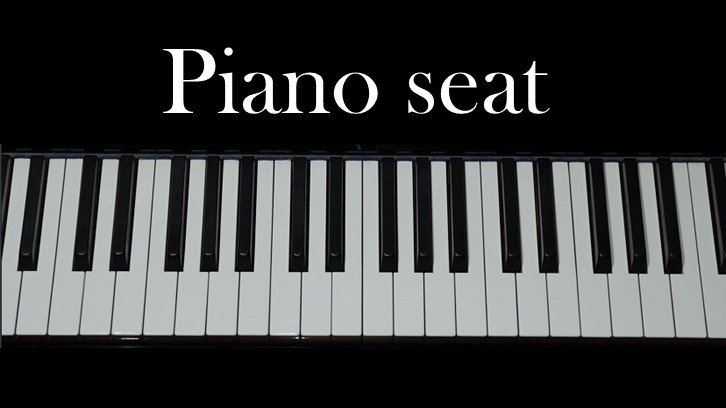About Pianos
This page starts with general information about pianos and gets to specific information like footstools for children and where to buy a piano from and at the bottom of the page. To jump down to the specifics click this button:
I teach students with both acoustic and digital pianos. You don’t need a new piano, good condition second-hand is fine, but as with most things, you usually get what you pay for.


Acoustic Pianos
I suggest you have a piano where, all the notes work properly (no double striking, no sticking keys etc.), the piano should be tuned up to concert pitch (so you can play along with the videos and the CD). Pianos usually need tuning about once a year. Both these issues can usually be fixed by a piano tuner but it will be disappointing to buy a very cheap second-hand piano only to find that the problems with it are not fixable. If you are considering buying through a private sale, consider paying a piano tuner to check out the piano for you first. Alternatively buy a reconditioned second-hand piano from a shop.
Digital pianos
Although I have a personal preference for acoustic pianos, electric pianos will be fine for my lessons if they have full size and fully weighted or "hammer action" keys. 5 octaves is sufficient for the first few books but as you progress, 7 octaves will become necessary.
Some good options for a beginner-intermediate digital piano are the Yamaha P125 or p225, Roland FP10 or FP30 or the Kawai ES110. A second choice (but still adequate for the first few years) is the Yamaha P45 or Yamaha P71. The main difference between these and the other models is the quality of the sound.


Acoustic versus digital
Digital pianos can have a huge advantage in terms of portability but I still have a strong personal preference for acoustic pianos. Three main reasons for this are expressiveness, value and the touch/feel of the keys.
Expressiveness
It is hard to make a digital piano as expressive and responsive as an acoustic (but technical advancements are constantly being made so they might yet get there). The music on the Suzuki CDs is played on an acoustic piano so in order to be able to emulate the sound and expression as closely as possible it is best to have an instrument that is as similar as possible to an acoustic piano. The minimum requirement for a digital instrument is to make sure that it is "touch sensitive" or is "velocity sensitive".
Value
Acoustic and digital pianos are often of a similar price for a similar quality, however acoustic pianos will hold their value far better. In ten years time a digital piano will have lost most of its value and if it breaks it can be difficult to fix. Once broken it is essentially worthless. An acoustic piano will be much the same in ten years time as it is today and its value is likely to hold well.
Touch and Feel
The ‘Touch’ or ‘Feel’ of the keys (how heavy they are to press etc) is also a consideration because it can be disheartening to think you are learning the “piano” only to find that you can’t play well on an acoustic piano because you are so used to the distinctive “keyboard” feel of instrument at home. The minimum requirement for a digital piano is that it has "weighted" keys.


I suggest that you get the best quality instrument you can afford. As a thinking exercise imagine that you want to take up sewing as a hobby. Consider the difference in your enthusiasm level if you got a good condition sewing machine, capable of producing quality items, compared to if you got a poor-quality machine where the needle kept jamming or pulling holes in your fabric. Which would you be more likely to want to continue with?
Getting your piano, getting it tuned and footstools for children
Getting a piano
You can get either an acoustic or a digital piano. The information above on this page can help you decide which kind to get.
Pianos can be bought new or second-hand, from various shops around New Zealand:
Lewis Eady in Auckland (sells new and second-hand acoustic and digital pianos)
Hoekstra Pianos in Christchurch (acoustic pianos, sales, tuning and rentals)
The Music Warehouse in Lower Hutt (acoustic and digital piano sales and rentals)
Piano Works in New Plymouth (acoustic and digital piano sales, rentals and tuning)
Mr Music (Neville Claughton) - showroom of reconditioned second hand acoustic pianos at 33 Selwyn Place, Nelson
Many nationwide music shops like Music Works, RockShop, Music Planet and KBB music also sell a range of acoustic and digital pianos.
Second-hand pianos are also available on Trademe. If you are considering buying an acoustic piano off trade-me, I suggest paying a piano tuner to go and check the piano before you buy it.
Getting your piano tuned
Two options for tuning and repairs in the Nelson area and upper South Island are:

